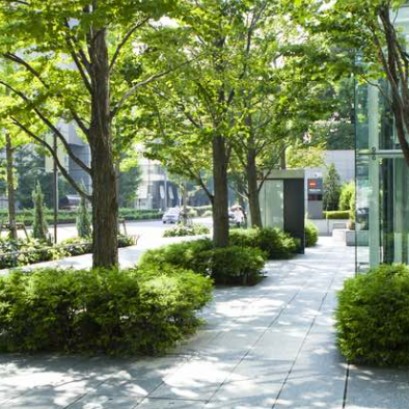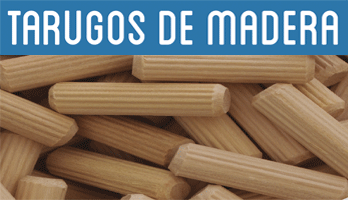
Los cirujanos del corcho
3.000 jornaleros luchan por producir cada verano el 30% del corcho mundial en un negocio acechado por la crisis
Corta el viento y el corcho con la precisión de un cirujano. Golpes sordos, acompasados y precisos rompen el ascético silencio del Parque Natural de Los Alcornocales (Cádiz). Ni un corte más, ni uno menos. Con su afilada hacha, Juan José Gallego dibuja una línea vertical perfecta en el árbol. “Es una prolongación de mi brazo. Siento cuando ha llegado al tronco”, explica el capataz. Con la empuñadura hace palanca y el corcho de desprende. En no más de 10 minutos ha acabado con el alcornoque. Pasa al siguiente. El ritmo es agotador. Gallego, de 36 años, dirige una cuadrilla de 14 hombres que, durante dos meses en verano, trabaja en la saca del corcho en Cádiz.
A lo largo de la geografía española, son hasta 3.000 trabajadores los que emplea este sector, tradicional y amenazado, pero que es capaz de producir 62.700 toneladas, el 30% de la producción mundial, y colocar a España como el segundo productor del mundo tras Portugal.

IT MAY INTEREST YOU
 Pablo Ruival will continue in front of Afoa until 2027 and ratifies forest-industria as a development engine for Argentina
Pablo Ruival will continue in front of Afoa until 2027 and ratifies forest-industria as a development engine for Argentina
The Argentine Forest Association (AFOA), an institution with almost 80 years of experience and representation of producers, companies, professionals, students and actors linked to the forestry sector, carried out its assembly of authorities for the 2025-2027 period.
 The trees that best cool cities: keys to planting against urban heat
The trees that best cool cities: keys to planting against urban heat
Urban trees are not just an ornament: they are climate infrastructure. Some species cool more than others thanks to their shade and evapotranspiration. Researchers in Valencia identified which ones work best to reduce temperatures in urban environments and how their correct distribution can transform sweltering neighborhoods into liveable places.
 The month of design and architecture arrives in the city with unmissable activities
The month of design and architecture arrives in the city with unmissable activities
During the month of October, and for the second consecutive year, the city will become talent scenario. Through an outstanding agenda of activities, the platform has as its main objective to consolidate the positioning of the city as a regional reference in the field.





















